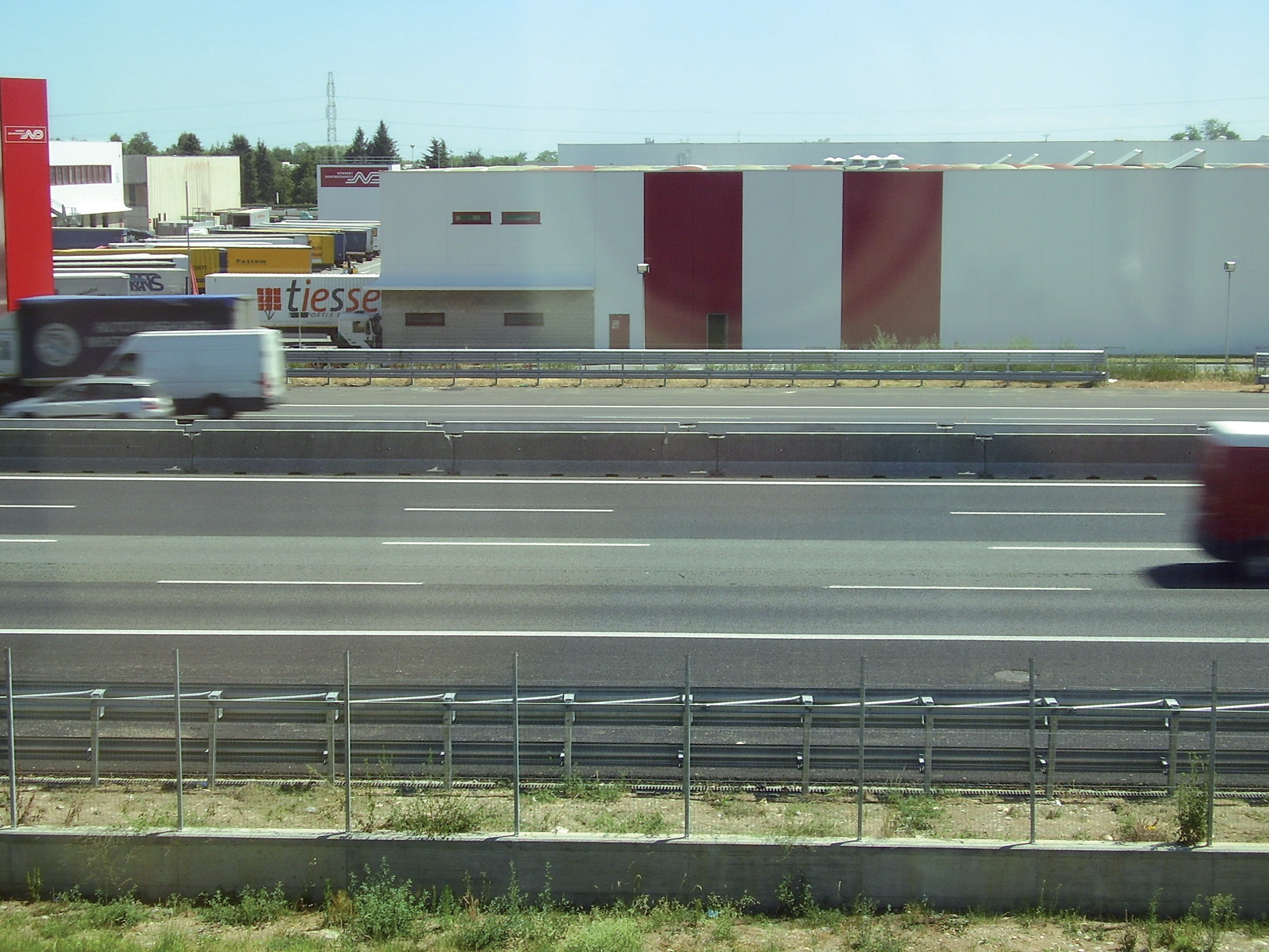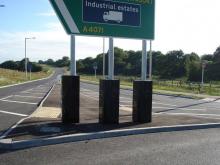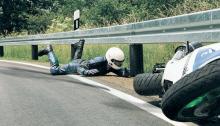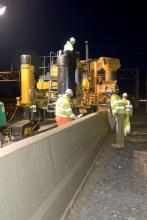
Highway safety could yet improve using available technology more widely
Safety barriers still offer huge opportunities to improve accident statistics worldwide. There is a wide array of products on the market to suit all types of installation and with a diverse range of solutions for each application. Highway authorities have been installing barriers for many years now and the technology continues to improve, however an analysis of accident statistics shows that barriers offer further potential.Details from the UK on single vehicle accidents reveal a disturbing picture and one that is echoed in statistics from other developed countries in Western Europe and North America.
Collisions with lamp posts figure in a disturbingly high level of crashes on urban roads, while on rural roads collisions with trees stand out as a major cause of crashes. For motorway crashes, impacts with crash barriers not surprisingly have the highest incidence of accidents although the comparatively low severity (and fatality) rate highlights the effectiveness of the technology.
Between 1990 and 2006, 35.1% of the most severe single vehicle accidents on the UK's road network were collisions with motorway lamp posts, while impacts with trees on rural roads was next highest at 33.5%. Similarly, impacts with bus stops or roadside shelters on rural roads accounted for 30.7% of single vehicle crashes, collisions with trees on urban roads accounted for 29.5% of crashes and impacts with trees on motorways accounted for 26.7% of crashes.
In 2004, 2005 and 2006, impacts with trees accounted for the highest proportion of serious (killed or seriously injured) crashes overall.
The figures are again likely to be echoed by results from other developed nations.
However, the fact that collisions with lamp posts and trees figure so highly in urban and rural road accidents should give cause for concern. More worrying still, with the high vehicle speeds seen on motorways, engineers should ensure that safety is designed into the road. However the data suggests that road design has been inadequate, for impacts with trees and motorway lamp posts to figure highly in severe single vehicle accident statistics.
This high crash rate highlights that steps should have been taken by engineers to improve safety and many accidents would have been preventable with better design. More effective road design using run-off areas or soft earth banking (on rural roads), as well as barriers, could cut the problems associated with sudden impacts against road-side furniture or trees. For signposts, the replacement of existing supports with frangible designs could offer an alternative to barrier installations.
Improving safety on urban roads is more difficult, given the presence of pedestrians who will want to use crossing areas as well as drivers wanting to park their vehicles along the roadside.
Interestingly, the single vehicle off-road collision rate does not vary markedly between 1990 (at 22,639) and 2006 (17,990) and while there has been a slight decline the data suggests that considerably more work could be carried out to improve the safety of the network.
The technology is available and highway engineers have plenty of proven systems from a huge array of competitors to choose from. And making the roads safer will bring economic savings overall.
There are questions over the existing standards with regard to barriers and how they are enforced however. The issue of deflection of certain types of barriers has not been fully addressed with some highway engineers potentially selecting the wrong category of equipment for certain specific applications. Barrier deflection is of particular importance for bridge installations for example. Meanwhile there are also major questions to be answered over the safety offered by many types of crash barrier for motorcycle riders. Barriers are generally designed to protect the occupants of cars, vans, buses or trucks and not motorcycle riders.
The fact that so many motorcyclists are killed or seriously injured after striking a crash barrier highlights this issue. And while products are now being made available to meet a perceived need, the regulatory authorities have lagged behind in recognising the dangers and trying to introduce suitable legislation.
A timeframe has now been established for a new European standard that covers the safety of motorcycle riders in regard to barrier design. But it has taken years to get this far and it will be years before the standard is fully implemented, during which time numerous motorcyclists will die needlessly in Europe as well as other developed countries.
There are other serious causes for concern too and one of the most worrying is that testing procedures in some countries are known to be less stringent than in others. This can allow certain manufacturers to claim their products meet required standards when in fact the performance may be markedly inferior to those of competitors. In addition, some crash tests are carried out using older generation vehicles, which have lower impact performance than the newer generation of cars, vans, buses or trucks. Newer vehicles have been designed to meet tougher standards and are more structurally strong, so testing carried out using older generation vehicles may not accurately reflect the performance of a barrier product when an accident occurs in the field some years on from installation.
Concrete safety option
A traffic bottleneck in the UK city of Southampton has been improved and will be safer too thanks to the use of a Wirtgen SP150 slipform paver. The work was carried out overnight by contractor SIAC Construction and included the installation of new concrete median and verge barriers on Redbridge Causeway. This river crossing is one of the city's busiest commuter routes linking the M271 motorway with the district of Totton.
The 630m long concrete barrier was designed to Britpave specifications and constructed during off-peak periods to keep traffic disruption to a minimum. SIAC shipped the machine from Ireland to carry out the work. The project was fast-tracked to take advantage of limited night-time closures of the route. Aidan Connell, SIAC contracts manager, says the job's success owes much to the reliability of the plant and the 'team work' of concrete supplier Hanson and main contractor, regional firm Dyer and Butler.
The barrier was constructed using 35N/mm2, 20mm slump, air-entrained concrete reinforced with polypropylene fibres. Some 250m3 of concrete was used in all. SIAC also installed a total of 42no 40mm expansion joints on the barriers, requiring vertical cuts and the fixing of steel covers bolted to the finished concrete monolith.
The works were carried out using Wirtgen's smallest slipform paver, the SP150, being one of four from the German manufacturer owned by SIAC. The company also has a top-of-the-range SP500 and two SP250s. SIAC is a certified Britpave barrier installer and exclusively uses Wirtgen equipment.







